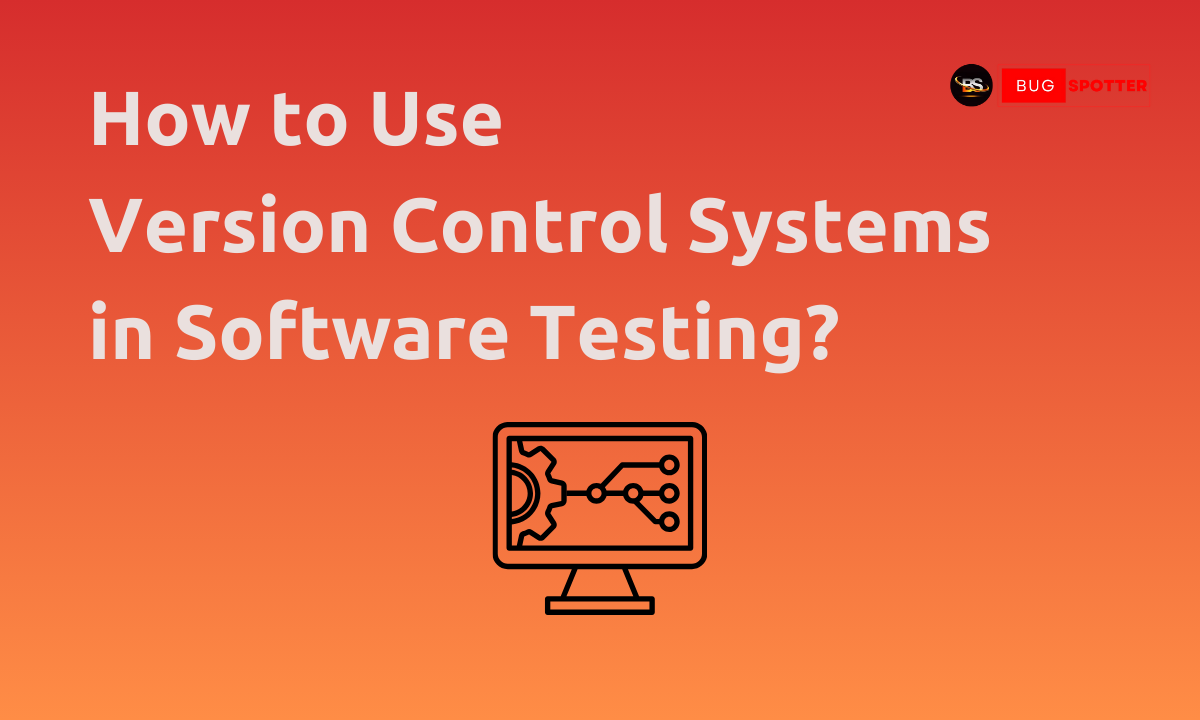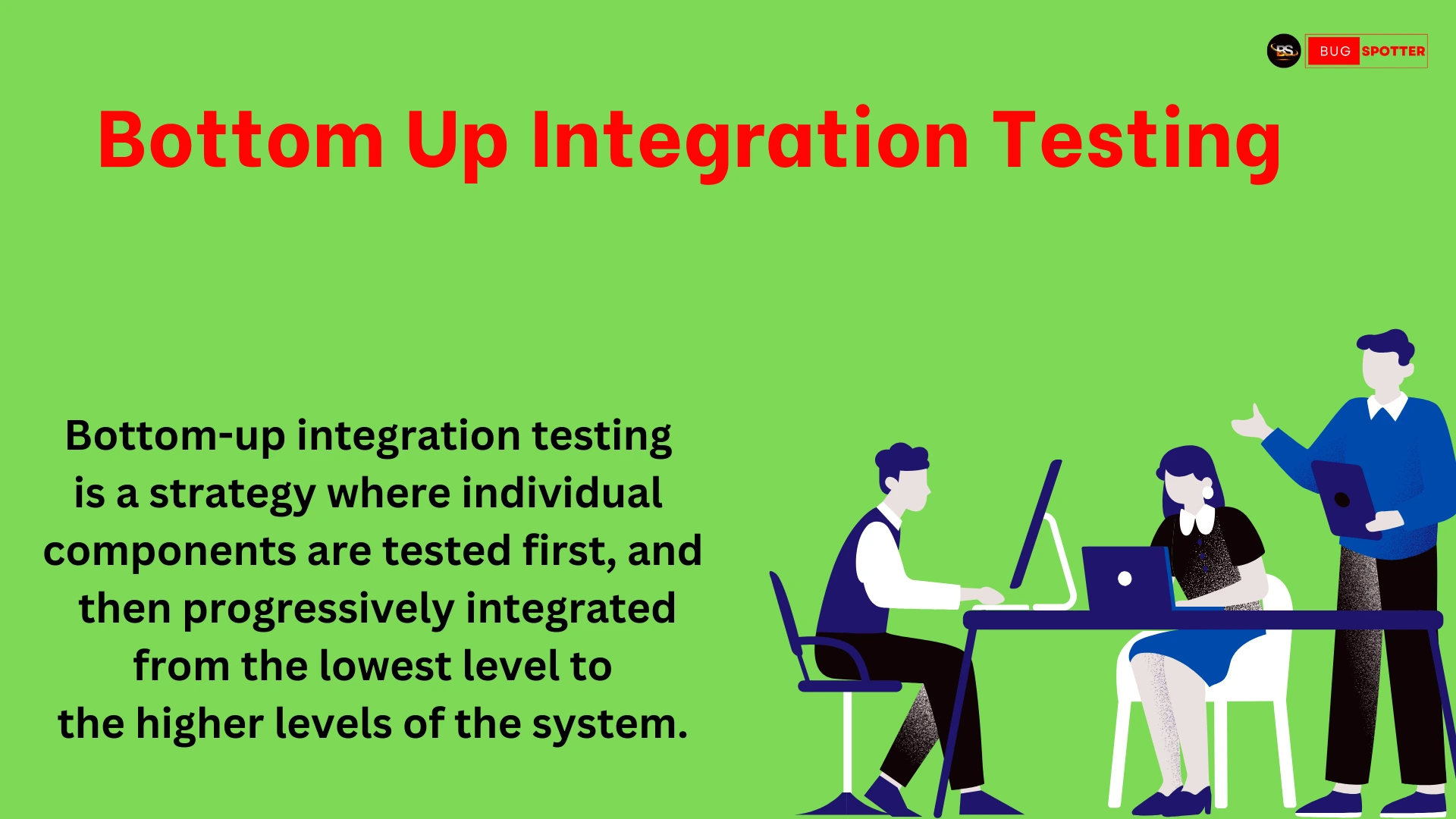What is Incremental Integration Testing ?

In the fast-paced world of software development, testing plays a critical role in ensuring the quality, functionality, and reliability of applications. One essential testing approach is Incremental Integration Testing, a method that systematically tests individual software modules as they are integrated. This approach helps in early defect detection, smooth debugging, and efficient software validation. In this guide, we will explore Incremental Integration Testing, its types, advantages, challenges, best practices, and tools used to implement it effectively.
What is Incremental Integration Testing?
Incremental Integration Testing is a systematic approach to software testing where individual modules are tested step by step as they are integrated into the system. Instead of testing all modules at once (as in Big Bang Integration Testing), this method gradually adds and verifies components to detect defects early and ensure smooth functionality.
Types of Incremental Integration Testing
There are three primary approaches to Incremental Integration Testing:
1. Top-Down Integration Testing
In this approach, testing begins from the top-level modules and progressively integrates the lower-level modules. Stubs (temporary modules that simulate missing components) are used to test the higher modules when the lower modules are not yet integrated.
Advantages:
- Detects major design flaws early.
- Helps in prioritizing critical modules.
- Works well for systems with a well-defined hierarchy.
Challenges:
- Lower-level modules are tested late in the process.
- Development of stubs requires extra effort.
2. Bottom-Up Integration Testing
Bottom-up integration testing starts by testing the lowest-level modules first, and then gradually integrating them into higher-level modules. Drivers (dummy programs that simulate the control of upper modules) are used in this method.
Advantages:
- Ensures that foundational modules are well-tested before higher ones are integrated.
- No need to develop stubs.
- Facilitates parallel development and testing.
Challenges:
- High-level logic issues may not be detected early.
- Critical functionalities may be tested late.
3. Hybrid (Sandwich) Integration Testing
This approach is a combination of Top-Down and Bottom-Up testing methods. It tests critical high-level and low-level modules first, followed by the integration of remaining modules in a middle-out manner.
Advantages:
- Balances the strengths of both top-down and bottom-up approaches.
- Ensures major functionalities are tested early.
Challenges:
- Requires more resources and planning.
- Can be complex to implement.
Benefits of Incremental Integration Testing
Incremental Integration Testing offers several advantages over other integration testing methods:
1. Early Bug Detection
By testing components step by step, defects are identified and resolved early, reducing the risk of major system failures later.
2. Efficient Debugging
Since testing is performed in small increments, it is easier to isolate and debug issues.
3. Better Test Coverage
Every module is tested independently before integration, ensuring thorough validation.
4. Smoother Development Process
Allows parallel testing and development, reducing time-to-market and improving efficiency.
5. Cost-Effective
Early detection of defects prevents costly rework and delays.
Challenges in Incremental Integration Testing
Despite its benefits, Incremental Integration Testing has some challenges:
- Complexity in Managing Stubs and Drivers – Developing these temporary modules adds extra effort and time.
- Longer Testing Duration – Compared to Big Bang Integration, testing in increments can take longer.
- Requires Detailed Planning – A clear strategy is needed to determine the integration sequence.
- Dependency Issues – Modules with high interdependencies require careful testing to prevent failures.
Best Practices for Effective Incremental Integration Testing
To maximize the effectiveness of Incremental Integration Testing, consider the following best practices:
Lorem ipsum dolor sit amet, consectetur adipiscing elit. Ut elit tellus, luctus nec ullamcorper mattis, pulvinar dapibus leo.
1. Define a Clear Integration Sequence
Plan which modules should be tested first based on dependencies and system priorities.
2. Use Automated Testing Tools
Automating integration tests with tools like Selenium, JUnit, and TestNG can speed up the process and improve accuracy.
3. Develop Comprehensive Test Cases
Ensure test cases cover all functional and non-functional aspects of the modules being integrated.
4. Leverage Continuous Integration (CI) Practices
Integrating testing with CI/CD pipelines ensures that incremental changes are automatically tested.
5. Monitor and Analyze Test Results
Use logging and reporting tools to track integration issues and improve test effectiveness.
Tools for Incremental Integration Testing
Several tools can facilitate Incremental Integration Testing:
- Selenium – Automated testing tool for web applications.
- JUnit/TestNG – Unit testing frameworks for Java.
- Postman – API testing tool useful for integration testing.
- Jenkins – Continuous integration tool to automate testing.
- Cypress – Frontend testing tool that supports integration testing.
Latest Posts
- All Posts
- Software Testing
- Uncategorized





Categories
- Artificial Intelligence (5)
- Best IT Training Institute Pune (9)
- Cloud (2)
- Data Analyst (55)
- Data Analyst Pro (15)
- data engineer (18)
- Data Science (104)
- Data Science Pro (20)
- Data Science Questions (6)
- Digital Marketing (4)
- Full Stack Development (7)
- Hiring News (41)
- HR (3)
- Jobs (3)
- News (1)
- Placements (2)
- SAM (4)
- Software Testing (70)
- Software Testing Pro (8)
- Uncategorized (33)
- Update (33)
Tags
- Artificial Intelligence (5)
- Best IT Training Institute Pune (9)
- Cloud (2)
- Data Analyst (55)
- Data Analyst Pro (15)
- data engineer (18)
- Data Science (104)
- Data Science Pro (20)
- Data Science Questions (6)
- Digital Marketing (4)
- Full Stack Development (7)
- Hiring News (41)
- HR (3)
- Jobs (3)
- News (1)
- Placements (2)
- SAM (4)
- Software Testing (70)
- Software Testing Pro (8)
- Uncategorized (33)
- Update (33)





